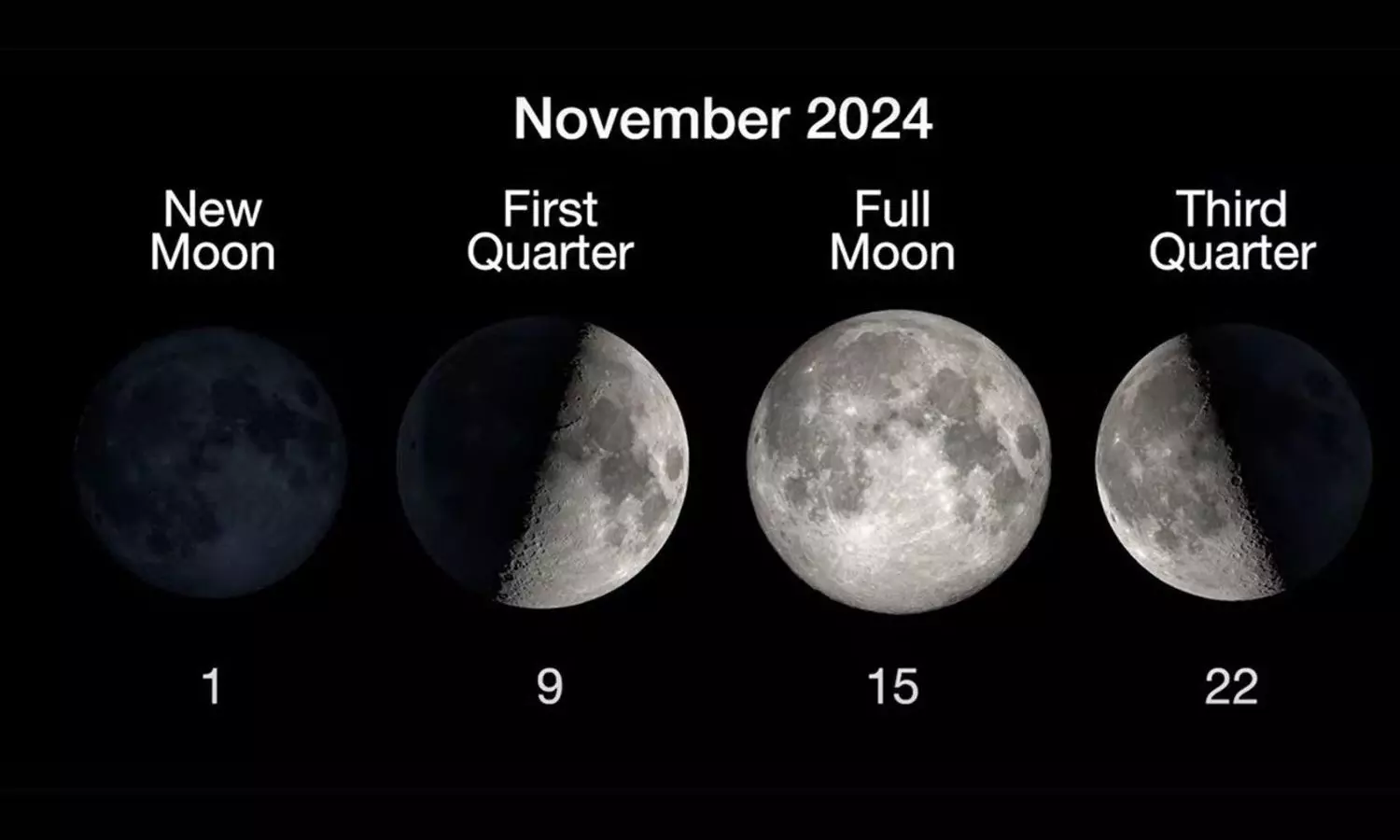November Skywatching: Key Celestial Events to Look Out For
NASA explains that this is part of a series of monthly occultations that began in June.
Saturn will be visible in the evenings toward the south.

NASA has shared its skywatching tips for November. Several planets will be easy to spot this month.
Saturn will be visible in the evenings toward the south. On November 10, it will have a close encounter with the moon.
If you look around midnight, you'll see the moon has shifted west of Saturn. This shows the moon's movement.
Jupiter will rise in the east early in the night. It will move across the sky by dawn, along with the bright stars of the Taurus and Orion constellations. By the end of the month, Jupiter will rise as the sky darkens.
Look out for Mars, which will appear as an orange dot. It will rise about three hours after Jupiter. Early risers can see Mars high in the morning sky before dawn.
Venus will also be visible. It will shine low in the southwest in the evening sky, right after sunset.
Lunar Occultation
On November 27, people in the eastern U.S. and Canada can witness a lunar occultation. This happens when the moon passes in front of a star and hides it from view. The moon will obscure the star Spica.
NASA explains that this is part of a series of monthly occultations that began in June. This series will continue through late next year. Each event is only visible from certain locations.
The November event is significant for U.S. viewers. It will be the last chance to see the moon occult Spica until 2032.
There is much to observe in the sky this month. To get the best view, find a spot with minimal light pollution!


